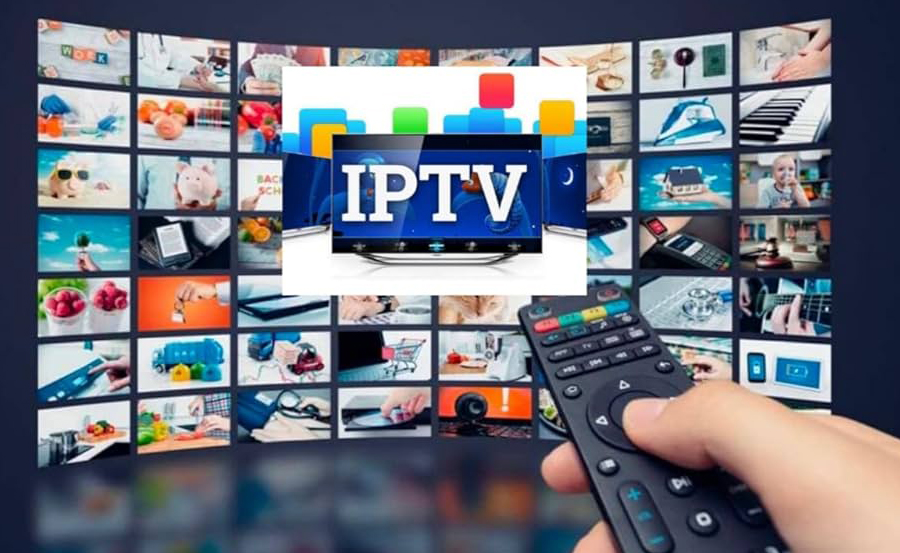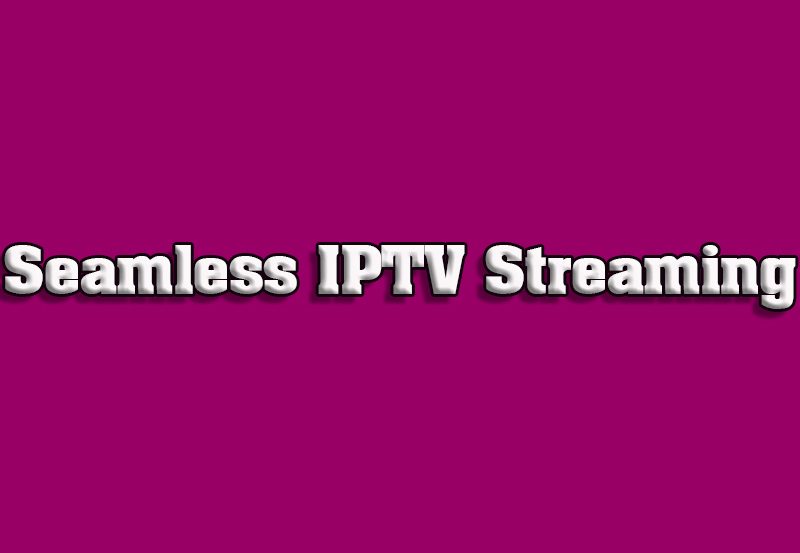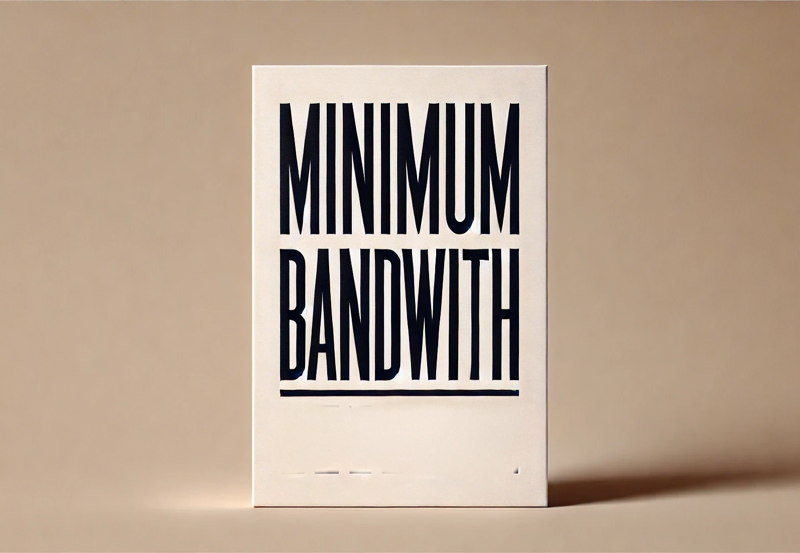Video on Demand (VOD) is a media distribution system that allows users to access video content like movies, TV shows, or other types of video entertainment whenever they want, rather than following a fixed broadcast schedule. VOD gives users the flexibility to select and watch video content from an online library at their convenience, often through streaming or download services.
VOD has revolutionized how we consume media, offering more freedom and convenience than traditional television broadcasting, which relies on scheduled programming. With the rise of VOD platforms like Netflix, Hulu, Amazon Prime Video, and YouTube, users are no longer limited to watching content at specific times. Instead, they can access a vast library of content at any time, often with the ability to pause, rewind, and fast forward through videos.
How Does VOD Work?
VOD services work by storing video content on a server and delivering it to viewers through a broadband internet connection. Here’s a breakdown of how the VOD system operates:
- Content Storage: The video content is first uploaded and stored on a server, which acts as the source for VOD streaming or downloads. Content can include movies, TV shows, documentaries, and even user-generated videos, depending on the platform.
- Request and Delivery: When a user wants to watch a particular video, they make a request through the VOD platform (such as Netflix or Hulu). The server then streams the requested video to the user’s device. Most VOD platforms offer real-time streaming, meaning that the video is transmitted and played simultaneously as the user watches it.
- Playback Control: One of the key advantages of VOD is the ability to control playback. Unlike traditional television broadcasts, VOD allows users to pause, rewind, or fast-forward videos. Many platforms also let users download content to watch offline.
- Streaming vs. Downloading: VOD can be delivered either through streaming or downloading:
- Streaming: In this method, video data is transmitted in real-time over the internet. As long as the user has an active internet connection, they can watch the video without needing to store the full video file on their device.
- Downloading: Some VOD services offer the option to download videos, allowing users to store the content on their device and watch it later without an internet connection. want buy one year subscription
Key Features of VOD
There are several features that make VOD a preferred option for many users over traditional TV broadcasting:
- On-Demand Access: With VOD, users can access content whenever they want, instead of being tied to a fixed schedule like traditional TV programming.
- Flexibility in Content Choice: VOD services usually offer vast libraries of content, including movies, TV shows, documentaries, and even live events. Users can browse the catalog and select what they want to watch, rather than passively consuming whatever is on TV at the moment.
- Playback Control: VOD allows users to pause, rewind, and fast-forward through content, providing complete control over the viewing experience.
- Cross-Device Compatibility: Most VOD platforms can be accessed on a variety of devices, including smartphones, tablets, laptops, smart TVs, and game consoles, allowing users to watch their favorite content on the go or at home.
- Personalized Recommendations: Many VOD services use algorithms to recommend content based on users’ viewing habits, offering personalized suggestions for TV shows or movies they might enjoy.
- Offline Viewing: Some VOD services allow users to download content to their device, which can be viewed offline later, making it a great option for users with limited or unstable internet connections.
Minimum Required Bandwidth for Streaming IPTV
Types of VOD Services
VOD services can be categorized into different models based on how the content is accessed and monetized. Below are the common types of VOD:
1. Subscription Video on Demand (SVOD)
This model requires users to pay a recurring fee (usually monthly or annually) to access the content library. Once subscribed, users can watch as much content as they want, typically without any additional costs. Popular examples of SVOD services include:
- Netflix
- Hulu
- Amazon Prime Video
- Disney+
Advantages:
- Access to an extensive library of content without the need to pay for individual titles.
- Generally ad-free (although some services offer ad-supported versions at a lower cost).
2. Transactional Video on Demand (TVOD)
In the TVOD model, users pay for individual titles or pieces of content on a one-time basis. They can either rent or buy movies or TV shows. Renting gives users temporary access (usually 24 to 48 hours), while buying gives them permanent access to the content.
Examples of TVOD platforms include:
- Apple iTunes
- Google Play Movies
- Vudu
Advantages:
- No need for a monthly subscription—users only pay for what they watch.
- Perfect for users who want to watch a specific movie or show without committing to a service.
3. Advertising Video on Demand (AVOD)
AVOD platforms offer content for free but rely on ads to generate revenue. Users can watch content without a subscription, but the trade-off is that ads are integrated into the viewing experience, often similar to traditional TV commercials.
Examples of AVOD platforms include:
- YouTube
- Tubi
- Pluto TV
Advantages:
- Free access to content without the need for a subscription or one-time purchase.
- Good option for budget-conscious viewers who don’t mind occasional ads.
4. Hybrid Video on Demand (Hybrid VOD)
Some platforms combine different VOD models. For example, Hulu offers a hybrid service where users can choose between an ad-supported or ad-free experience, as well as access additional content through rental or purchase.
VOD vs. Traditional TV
While traditional TV broadcasting adheres to scheduled programming, VOD offers a flexible and user-centered alternative. Here’s a comparison of VOD with traditional TV:
| Aspect | VOD | Traditional TV |
|---|---|---|
| Schedule | Content available on-demand anytime | Scheduled programs at specific times |
| Playback Control | Pause, rewind, fast-forward | No playback control, live broadcasts |
| Device Compatibility | Available across multiple devices | Limited to TV or DVR-based platforms |
| Content Variety | Vast libraries of movies, shows, and more | Limited by broadcast channels |
| Ads | Usually ad-free or fewer ads | Regular commercial breaks |
The Impact of VOD on Media Consumption
VOD has dramatically changed the landscape of media consumption by offering unprecedented convenience and accessibility. Traditional TV is no longer the dominant medium for entertainment. VOD services have rapidly gained popularity for several reasons:
- Binge-Watching: The rise of VOD has given birth to the concept of “binge-watching,” where viewers consume entire seasons of TV shows in one or a few sittings. The ability to watch episodes back-to-back without waiting for weekly releases has become a defining feature of services like Netflix and Amazon Prime Video.
- Cord-Cutting: As VOD platforms provide an affordable and flexible alternative to cable TV, many users are “cutting the cord” by canceling traditional cable subscriptions and relying solely on internet-based streaming services.
- Personalization: VOD platforms often use sophisticated algorithms to recommend content based on users’ viewing habits. This personalized experience helps viewers discover new shows and movies tailored to their interests, enhancing engagement.
- Original Content: In recent years, VOD platforms like Netflix, Amazon Prime Video, and Disney+ have invested heavily in producing original content, from blockbuster films to hit series. This has drawn even more users to these platforms, as they can only access this exclusive content through VOD services.
Conclusion
VOD (Video on Demand) has transformed the way people access and consume video content by offering the convenience of watching whatever they want, whenever they want. Whether it’s through subscription-based platforms like Netflix, ad-supported services like YouTube, or transactional platforms like iTunes, VOD puts the control in the hands of the viewer.
With flexible viewing options, personalized recommendations, and access to vast libraries of content, VOD continues to reshape the entertainment industry, giving users the freedom to watch on their terms. As technology and broadband capabilities continue to evolve, the role of VOD will only grow stronger, making it a critical part of the future of media consumption.
How Much Internet Data Do I Need to Run IPTV?





